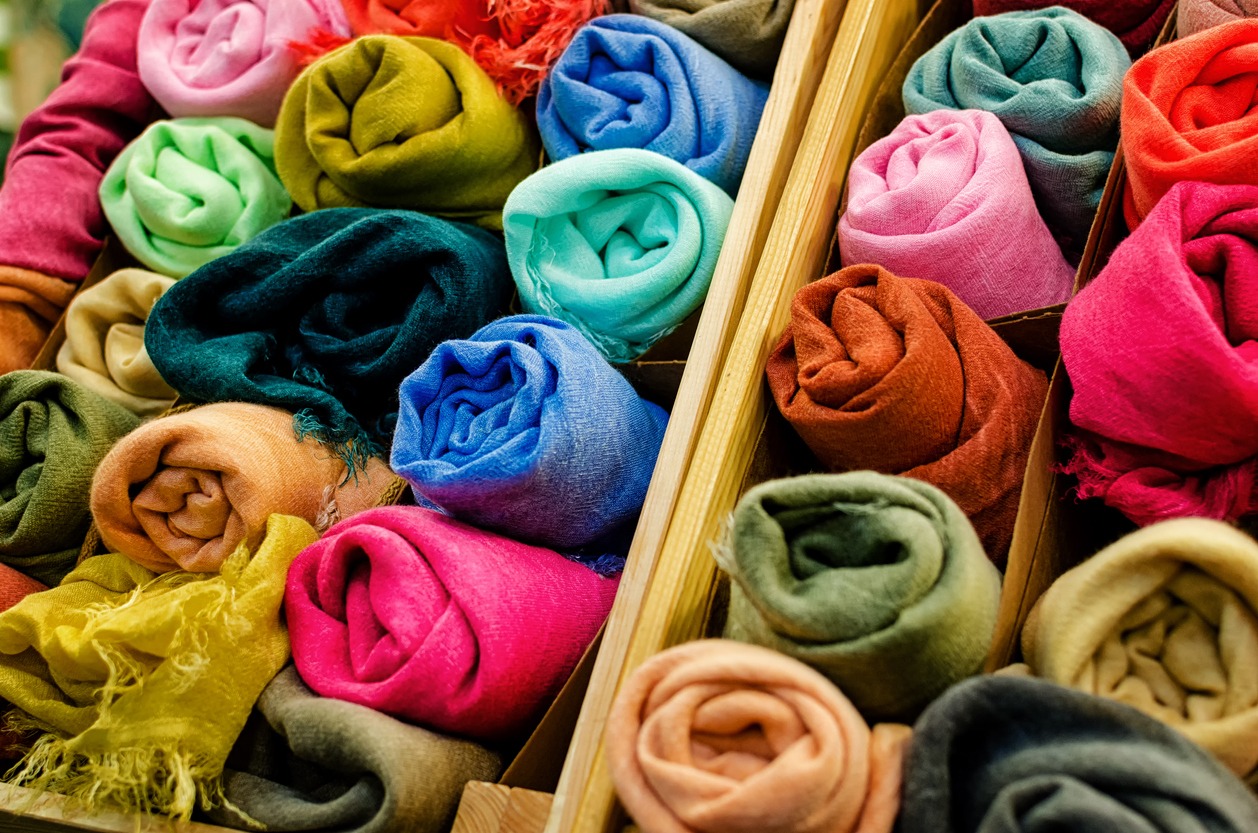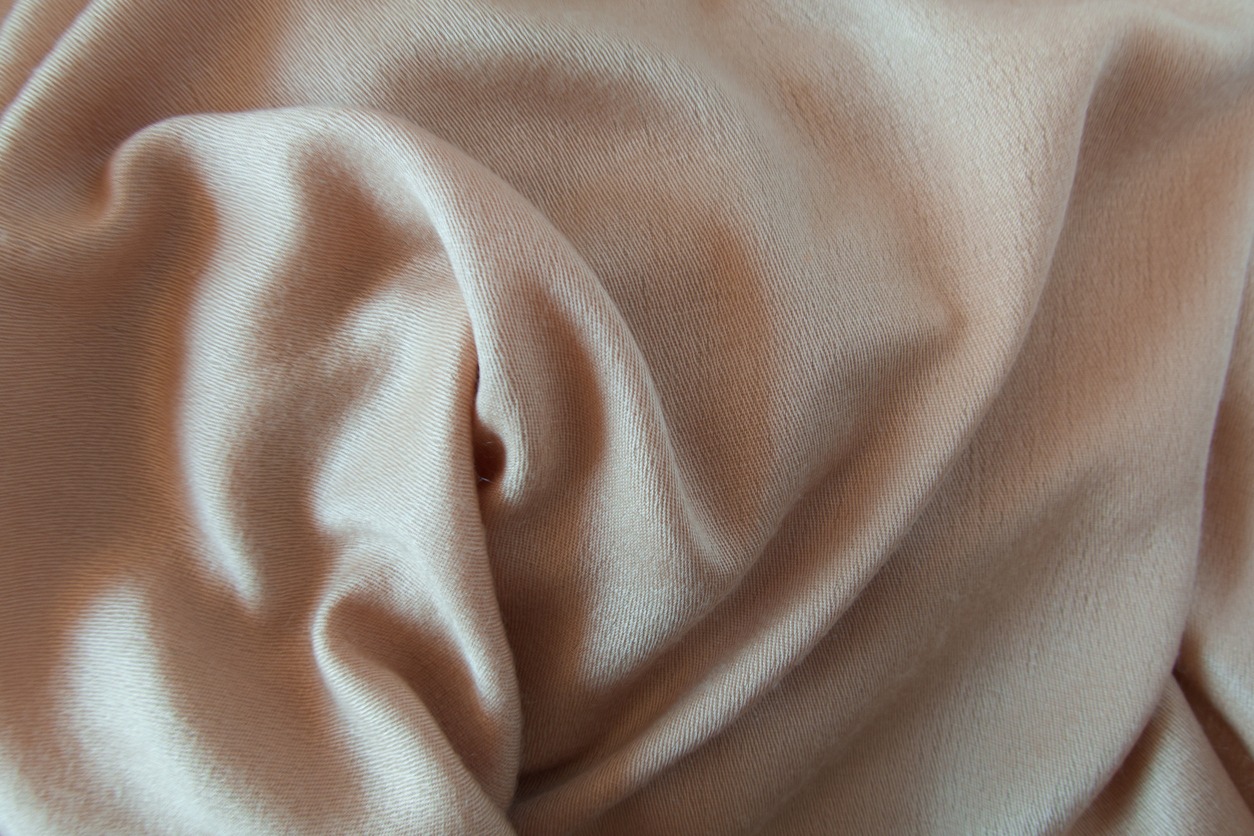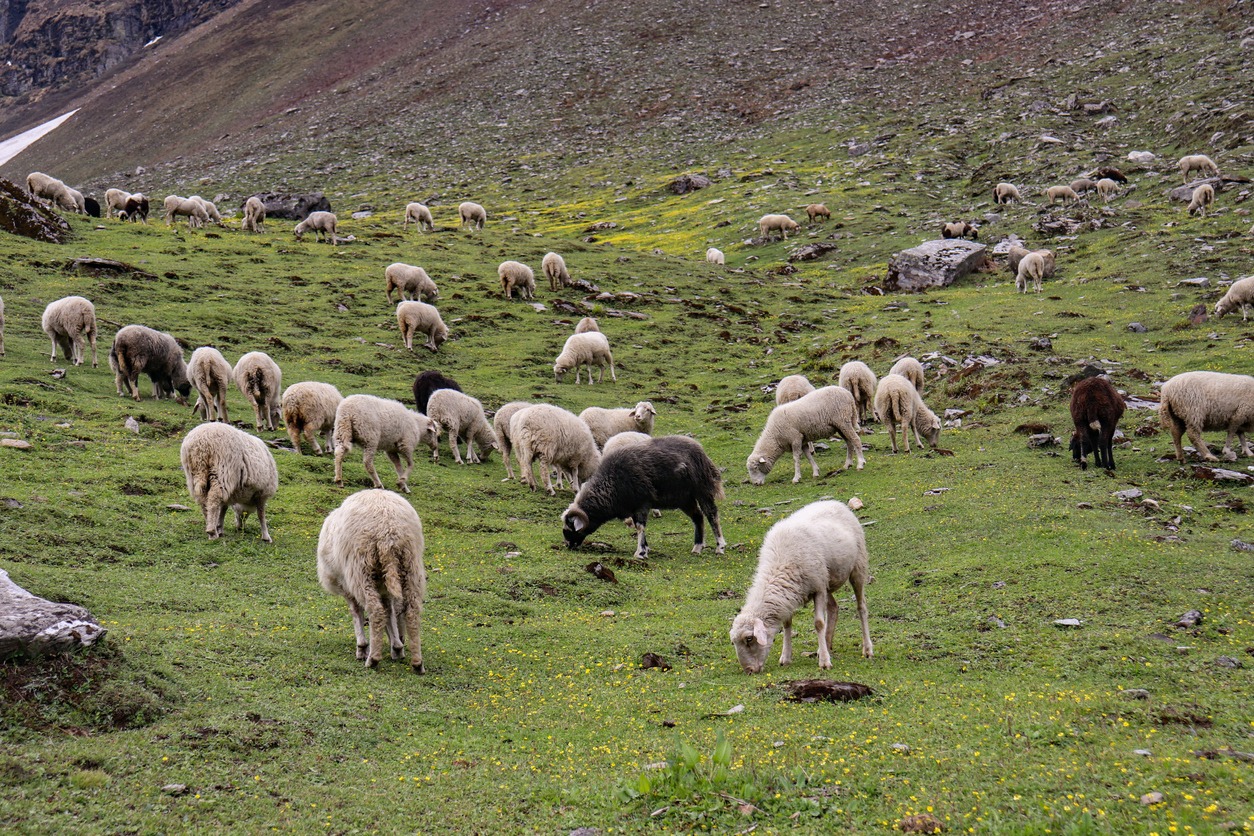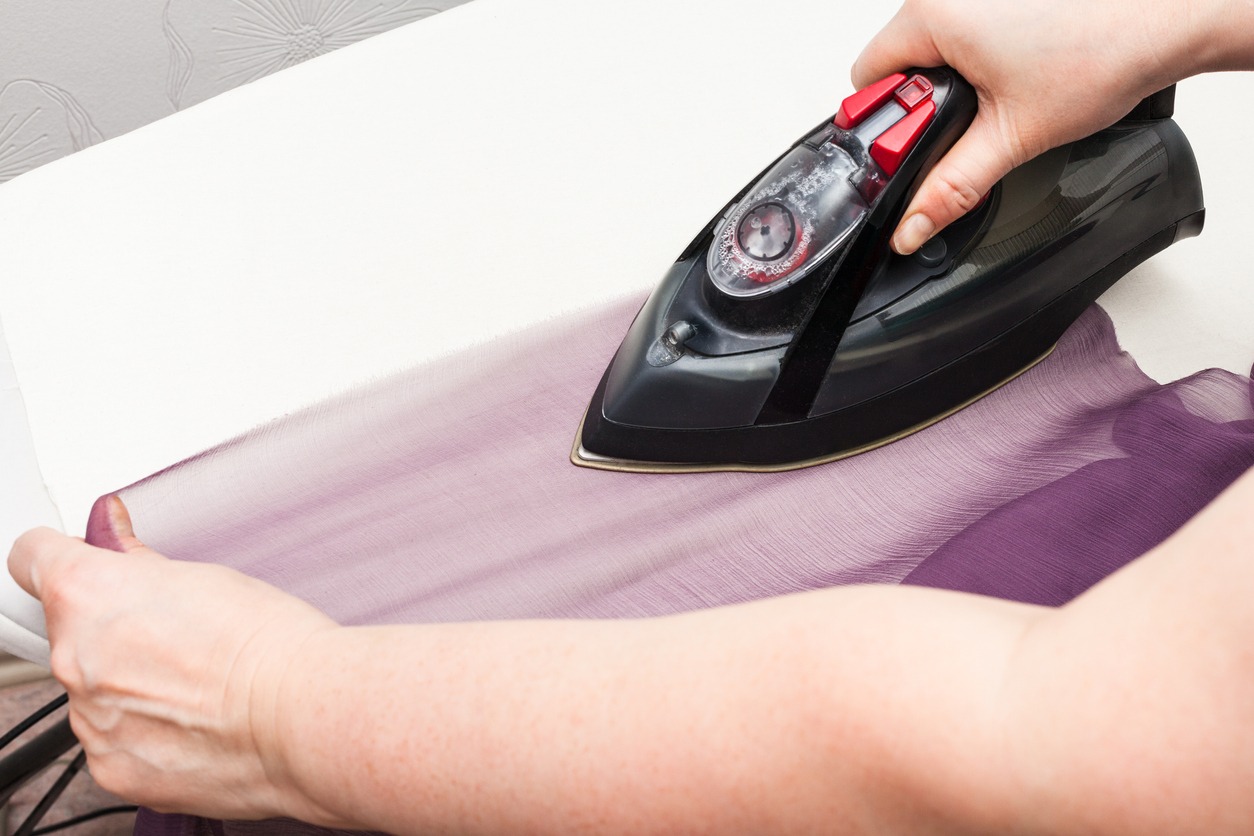It was historically adored by monarchs and emperors and is today one of the more expensive materials in existence. The pashmina scarf, however, is a frequently misunderstood item of clothing. Its significance has evolved throughout time as its popularity expanded from the majestic Himalayan valleys to the opulent royal courts of Europe. A pashmina scarf is something that many fashion enthusiasts are unsure of. Below we’ll be sharing the amazing beginnings and glorious past of pashmina.
What Is Pashmina?
Pashmina is the name of the fabric, which is made from a type of goat’s wool that is naturally found at high altitudes in the Himalayan Mountains. It’s cashmere of exceptional quality. These remarkable goats develop a very thin inner covering of hair to protect them from the exceptionally harsh Himalayan winters because they reside over 14,000 feet above sea level. Pashmina is made from this distinctive inner coating of hair. Each hair is only around 1/6th the diameter of the majority of other types of hair, but it is nonetheless remarkably strong and incredibly silky and comfortable to the skin. The goat’s fleece has been used for hundreds of years to create high-end fashion accessories including shawls, wraps, and scarves.
Since ancient times, Kashmir and Nepal have produced these warm and soft fashion accessories. They were commonly referred to as “Kashmiri wool shawls” in Kashmir and “pashmina” in Nepal. Despite having distinct names, both are essentially the same. However, “pashmina” became the most often used term during the shawl craze of the 1990s.
The Pashmina as an Accessory
A pashmina can be worn as a shawl, wrap, or scarf, making it a highly versatile item. A pashmina is a type of accessory that can be made entirely of pashmina or from a mix of pashmina and silk. The most typical blend is 70% pashmina wool and 30% silk, though the ratio might vary. Typically, a pashmina shawl is 36″x80″, a wrap/stole is 28″x80″, and a scarf/muffler is 12″x60″. For each season, occasion, or event, a luxurious pashmina shawl, wrap, or scarf is the ideal fashion accessory! As the finest cashmere, pashmina wool will make you feel as good as you look.
Pashmina is highly coveted for its incredible softness, warmth, and featherlight weight. A pashmina fiber is about 1/6th of the diameter of a regular fiber, while providing even more warmth than sheep’s wool. Scarves and shawls can be made of pure pashmina or contain a blend of 70% pashmina wool and 30% silk.
Where Does Pashmina Come From?
The wool used in pashmina must come from a chyangra goat in order to be recognized as authentic. The names capra hircus, changthangi goats, Tibetan goats, northern goats, and pashmina goats are also used to refer to them.
The Changpa, or northern people, have been herding Chyangra goats for ages. These nomadic tribes coexist with chyangra goats in the isolated Himalayan valleys. Sheep herding is the best occupation in this region because the soil is too dry and the climate is too harsh for farming.
Each spring, the Changpa gather pashm and deliver the raw product to artists for finishing and adornment. Pashm makes the difficult journey from the Himalayan mountaintops to Nepali and Kashmiri studios via rugged terrain and undiscovered routes.
Before it can be transformed into the opulent fabric that the world enjoys, raw pashm must be separated from dirt and coarse hairs from the goat’s outer hair, washed, combed, and spun. It takes three goats’ worth of wool to manufacture one shawl due to the lengthy and rigorous sifting procedure; only about 35% of the wool from one goat is considered usable. Once the cloth is perfected, craftspeople can weave, dye, and embroider complex designs to produce a gorgeous pashmina.
A Brief History of Pashmina Scarves
One of the oldest and most revered forms of workmanship in the world is the making of pashminas. Pashmina scarves have been made by Kashmiri and Nepalese artisans for generations; the earliest evidence of Kashmiri shawls dates to the third century BC. However, as pashmina scarves were made available on foreign markets through trade routes in Baghdad, Cairo, and Constantinople, the industry saw a boom in the 15th century. The exquisite fabric and opulent designs mesmerized European and Asian aristocracy, including French kings and queens, Sikh maharajas, and Mughal emperors.
Early pashmina manufacturing processes were time-consuming and complex. Due to the complex patterns woven into the pure pashmina fabric on a tapestry, it may take weavers up to three years to produce a single shawl. Weavers could now produce stunning designs in six to eight months thanks to innovative stitching techniques that helped the system become more efficient over time. As they needed the most talent to make, these vintage tapestry shawls, also known as kani shawls, were always the most expensive and sought-after to own. Amlikar shawls, more recent embroidered patterns, were more widely available due to their easier fabrication technique. Amlikar shawls rose to prominence in the 18th century after being a wardrobe essential for European and Asian nobles.
Since the sixteenth century, Kashmir has been the center of the world’s pashmina industry. Some of the most iconic designs in the world were made by the artists employing weaving techniques that have been passed down from generation to generation. Locally termed as badam, what the west refers to as a paisley pattern was first created by Kashmiri pashmina weavers. Other well-liked patterns include the floral buta, the striped khat-rastor lahariya, or the shikargah with a forest theme. To keep their softness and longevity, pashminas must be dyed naturally because artificial dyes will destroy the fabric’s cloud-like texture. With the aid of dyes made from organic components like indigo, saffron, kermes, and safflower, artisans can produce bright hues. Lastly, glossy silk threads or cashmere staple yarns are used to create the exquisite needlework.
The pashmina business in Kashmir was first boosted by the demand from Europe, but this eventually led to a brief decline. Replicas manufactured in the West at low cost started to appear in Europe and America. This resulted in the depreciation of genuine pashminas and continues to be the cause of the vagueness of the term. Fortunately, the fake pashmina trend died down, and Kashmiri and Nepali craftspeople were able to reclaim their position as the world’s leading producers of real pashminas.
Pashmina Care
As long as it is treated with the appropriate care, pashmina is a very high-quality fabric that can preserve its stunning beauty for decades.
In order to prevent humidity and discoloration, make sure you store your pashmina somewhere dry with enough natural light. By putting your pashmina in a dustbag when not in use, you can provide it additional protection against moths.
It is advised to dry clean or hand wash your pashmina when it has to be cleaned. A soft cleaning agent, such as baby shampoo, should be used to wash your pashmina in cold water. To avoid creases, pashminas should be dried flat. Make sure to place a piece of paper between the iron and pashmina for safety if you plan to use an iron on a low heat setting to achieve a completely smooth appearance.
Pashmina vs. Cashmere
Although cashmere and pashmina are two fabrics that are frequently compared, there are some key distinctions between the two.
Since cashmere is another expensive fiber made from Asian mountain goats, the misunderstanding is plausible. Its name is an English translation of the Kashmir region, which has traditionally been associated with the development of pashmina. Additionally, because pashminas are also referred to as Kashmir shawls, the name “cashmere” has come to refer to all products made from local wool, including pashminas.
The origin of the material is the primary distinction between pashmina and cashmere. Cashmere can come from a variety of mountain goat breeds, but genuine pashmina can only be made from chyangra goats. These breeds are widespread throughout Asia, from Pakistan to Mongolia and even the high mountain regions of New Zealand. Essentially, pashmina’s unique chyangra goat origin makes it rarer and more exclusive.
However, they would be difficult to tell apart to the untrained eye. Cashmere and pashmina also have a few tactile differences. Compared to cashmere, pashmina is a little bit finer, softer, and warmer. A pashmina typically has a diameter of 10 to 15 microns, whereas cashmere has a diameter of 15 to 19 microns. The manufacturing processes used to create the materials vary as well. Due to its extremely fine and delicate nature, pashmina must be manually spun, whereas cashmere, which is a little more durable, can be machine spun. Pashmina is woven using a classic twill tapestry process, which gives a slight sheen to the finished product that cashmere does not.
Although pashmina is a type of cashmere, it is unquestionably the nicest, softest, and most exquisite variety.
Conclusion
After wearing one, you’ll probably develop a pashmina addiction. A pashmina is a revered artisanal creation that you can possess. They are in fact a great way to enhance more dressy clothes or spice up even a casual outfit. They feel much better than they look.





